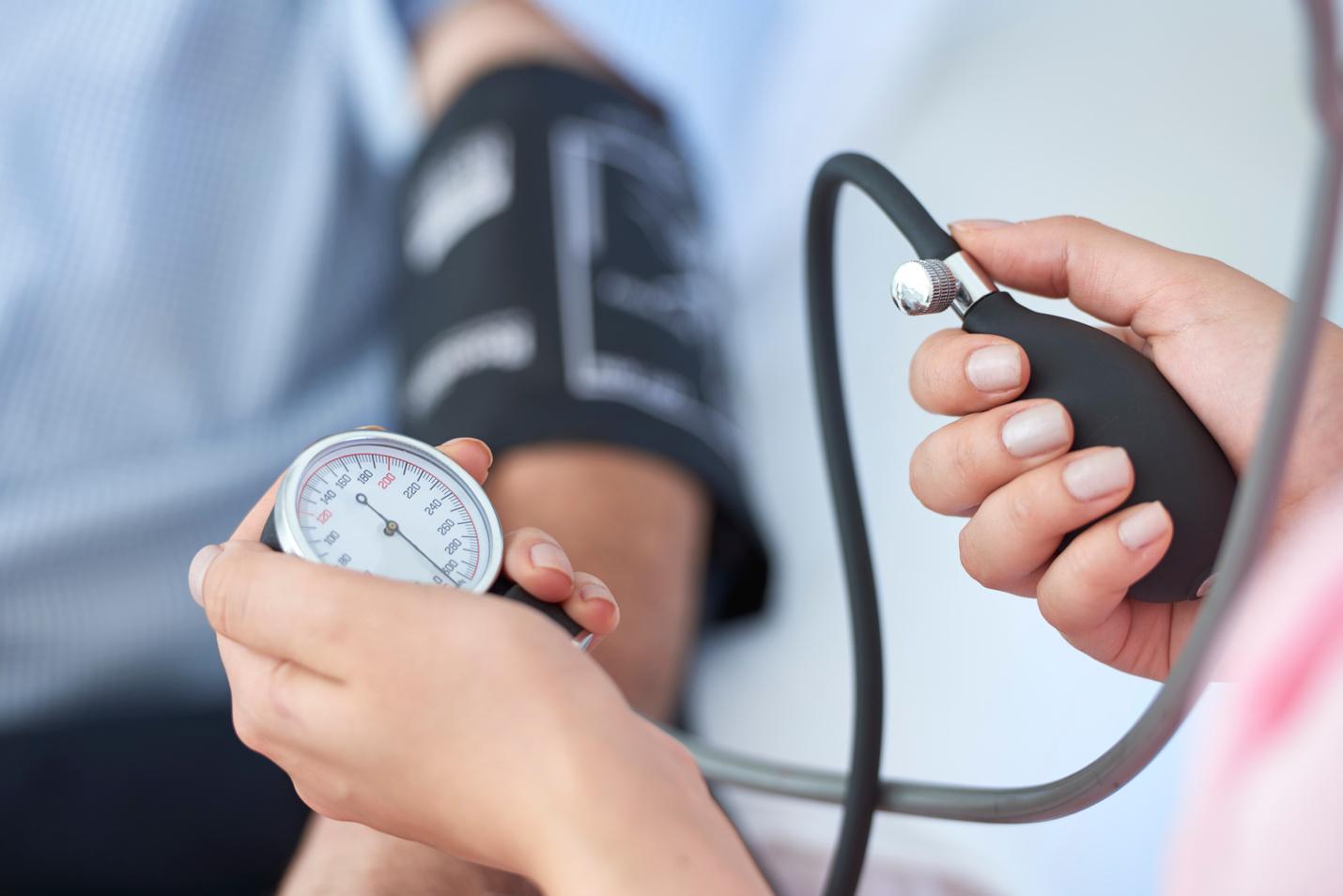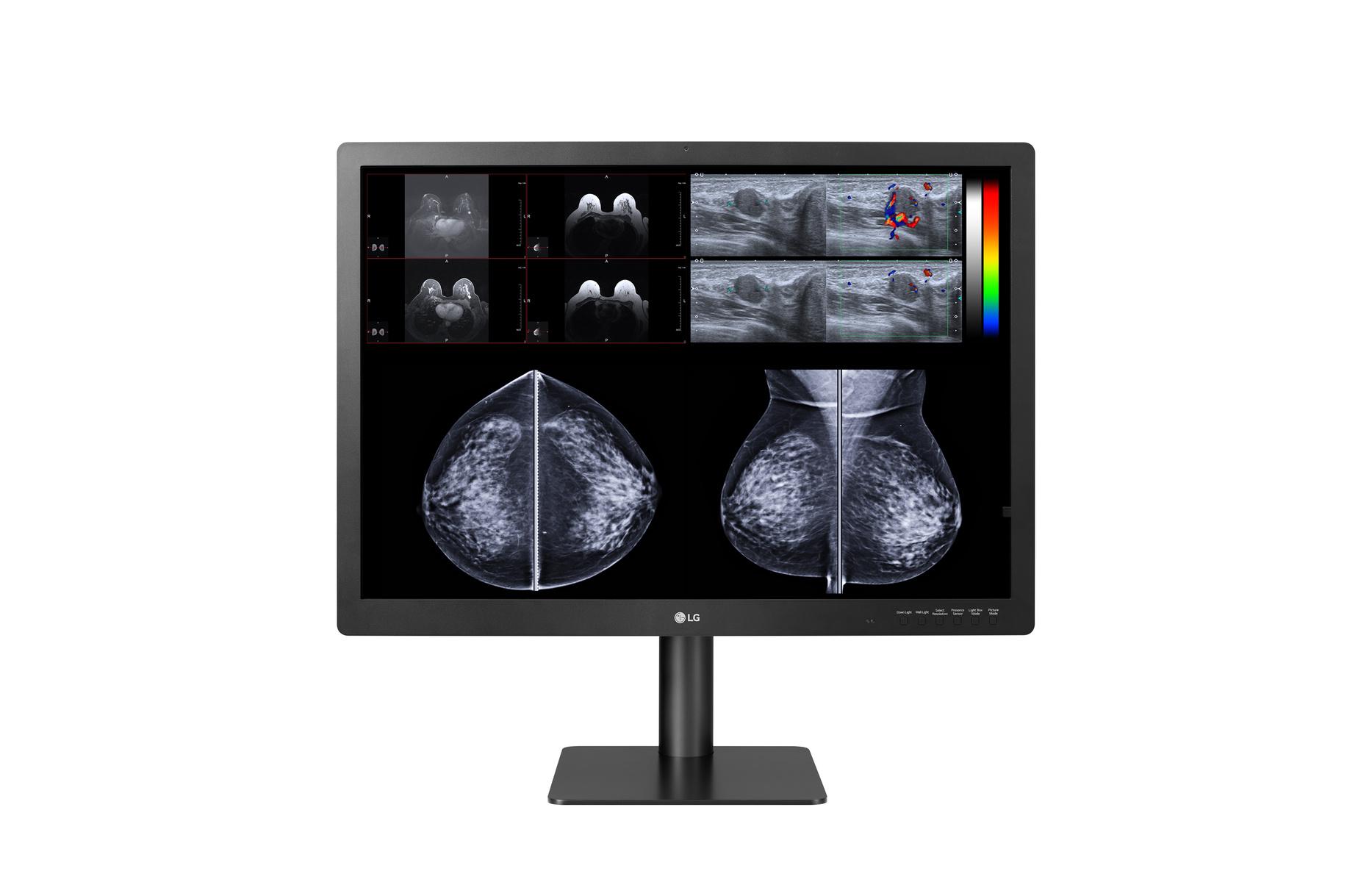
5 minute read
ADVANCING HEALTHCARE PRECISION
It also has a built-in calibration sensor, which ensures that the colors and brightness levels remain consistent over time, even with continuous use Additionally, the monitor has a wide viewing angle, which allows multiple people to view the screen at once without experiencing distortion or color shifting
Ergonomic Design and Enhanced Workflow Efficiency
Advertisement
Our collection of LG medical monitors are designed with healthcare professionals in mind These displays feature an ergonomic design, allowing for flexible positioning and customization to suit individual preferences and working environments The monitors can be easily adjusted for height, tilt, and swivel, reducing fatigue and promoting comfortable viewing during long hours of work Additionally, LG's medical monitors offer multitasking capabilities, allowing users to view and compare multiple images simultaneously, enhancing workflow efficiency and productivity We recommend the LG 32” 8MP Diagnostic Monitor which features a 32-inch screen, providing ample space for displaying multiple images or videos simultaneously
Integration and Connectivity in Healthcare Environments
Seamless integration within healthcare environments is a crucial aspect of medical monitor technology LG's monitors offer connectivity options such as HDMI, DisplayPort, and USB, allowing for seamless integration with various medical devices and systems This connectivity enables easy access to medical images, patient records, and other relevant data, promoting efficient workflow and streamlined patient care.
Compliance with Medical Regulations and Standards
In the healthcare industry, adherence to regulatory standards is paramount.
Our collection of LG medical monitors complies with medical regulations, such as FDA 510(k) clearance and IEC 60601-1 medical certifications, ensuring the highest level of safety and quality for patient care These monitors undergo rigorous testing and meet stringent requirements to ensure they can be safely used in clinical settings
The latest surgical and diagnostic medical monitor technology, exemplified by LG's innovative displays, is revolutionizing healthcare by providing enhanced precision, accuracy, and efficiency With highresolution displays, advanced imaging technologies, ergonomic design, and seamless integration, LG's medical monitors empower healthcare professionals to deliver superior patient care As technology continues to advance, we can expect even more remarkable developments in medical monitor technology, further transforming healthcare and improving patient outcomes
Partner with the premiere healthcare technology company, MDM Healthcare for your medical monitor needs When you choose MDM Healthcare, you can rely on our significant buying power to offer you highly competitive pricing, and we promise to provide the highest levels of customer service In addition, our team offers personalized assistance to help you select what you need, and we’re highly experienced in installing our products and systems to provide a seamless experience for your facility For end-to-end services, we can also manage your facilities’ television and other digital media and content initiatives. Please contact us online or call 800-359-6741 to discuss options with our expert team.
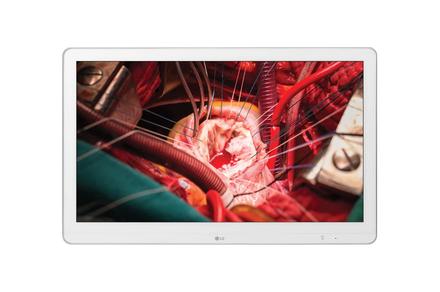
SIMPLE PRACTICES FOR BETTER HEART HEALTH with Dr. DP Suresh

1. Walk Everyday
Regular walking can lower blood pressure, reduce LDL cholesterol levels, and increase HDL cholesterol (the "good" cholesterol) It also promotes weight loss or weight management, which can lower the risk of heart disease and other related conditions

2 Get a Good Night's Sleep
LIn a recent PX Space podcast interview, host Linda Robinson MSN, CPXP, RN, Vice President of Clinical Excellence, MDM Healthcare spoke with Dr. D.P. Suresh. Dr. Suresh is an interventional cardiologist and executive medical director of the Florence Wormald Heart & Vascular Institute at St. Elizabeth Healthcare in Edgewood, Kentucky. He is committed to helping patients reduce their risk for heart disease and stroke, two of the leading causes of death in the United States. Dr. Suresh outlined The American Heart Association’s eight simple things you can do to help lower your risk of heart attack and stroke. Dr. Suresh explains how the list is comprised of five things you can do to prevent risk, and three tests you can take. Journey PX provides a variety of benefits for patients admitted into the hospital after a heart attack or stroke.

During sleep, the body repairs and rejuvenates itself, including the cardiovascular system Poor sleep or inadequate sleep duration has been linked to an increased risk of hypertension, diabetes, obesity, and heart disease

3. Limit Red Meat Intake
d meat, particularly processed ats, is high in saturated and ns fats, which can raise LDL olesterol and increase the risk heart disease Sugar, pecially added sugars, ntributes to weight gain, ammation, insulin resistance, d high triglyceride levels.

4. Quit Smoking
Smoking damages blood vessels, increases blood pressure, and reduces oxygen supply to the heart, leading to a higher risk of heart disease, heart attacks, and strokes
Vaping, although considered less harmful than smoking, still poses risks to cardiovascular health

Journey PX’s patient engagement solutions drive communication and crucial health education, even when clinicians are not in the room The extensive library of patient education videos offered through the My Stay solution keeps heart and stroke patients informed and educated about their care throughout their hospital stay The education library can be embedded in the EMR and can be automated or manually deployed based on stroke and or heart health risk factors, treatments, or diagnoses It can even release engaging prompts to the TV to encourage the patient to watch the education! Once the education is completed, it can autodocument the completion and comprehension back into the EMR
In addition, Journey PX’s Connect solution allows for secure virtual rounding and provider visits. The combination of these features saves clinicians valuable time and steps and provides patients with a richer patient experience. My Stay also allows vital health education to be delivered via email and text upon discharge for both patients and their caregivers. Journey PX is also designed to make sure that anything that goes on the Digital Whiteboard, My Day Today, is in a language patients can understand.
“We never want patients to become frustrated with information they don’t understand or afraid to ask questions in the hospital, ” said Robinson. She continued to explain that this philosophy extends to the videos Journey PX houses in the health education library, My Stay. Patients are best served by technology that is intuitive and easy to use.
Listen to the Full Podcast Episode
“If patients can use a TV remote, they can use the cloud-based patient engagement solution Journey PX. ” It integrates with the hospital’s electronic medical record (EMR), so it displays an accurate real-time plan of care information. Displaying information in this way engages the patient as an active participant in their care which has been shown to drive positive outcomes.
5. Reduce Stress
Chronic stress can contribute to the development of heart disease When under stress, the body releases stress hormones like cortisol and adrenaline, which can raise blood pressure and increase inflammation in the arteries This can lead to the buildup of plaque and the narrowing of blood vessels

6.Track Your Cholesterol Levels
Tracking your cholesterol levels is essential for heart health as high levels of LDL cholesterol (often referred to as "bad" cholesterol) can lead to the accumulation of plaque in the arteries, increasing the risk of heart disease and stroke
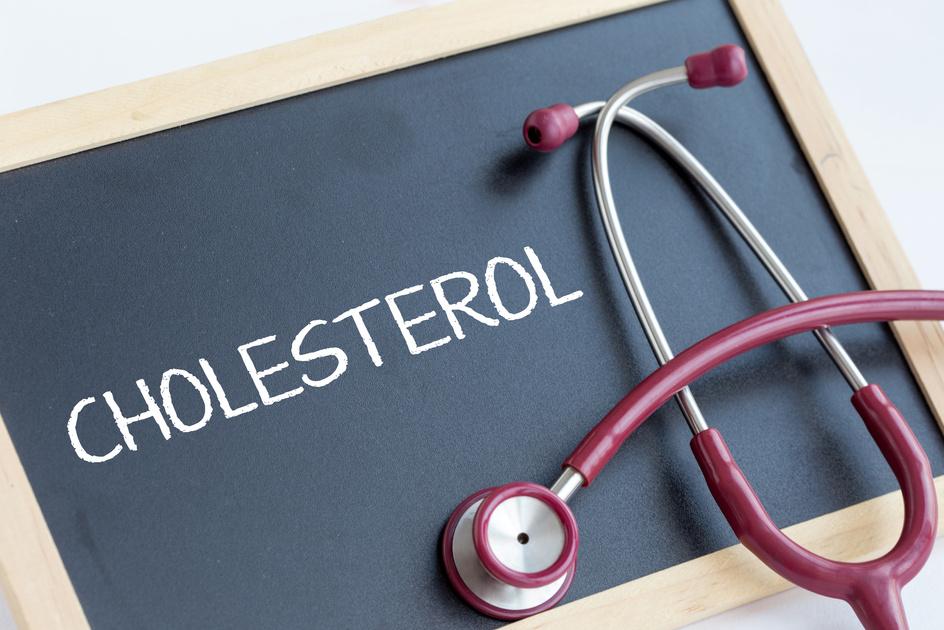
7. Track Your Blood Sugar
High blood sugar levels can damage blood vessels and increase the risk of atherosclerosis, a condition where plaque builds up in the arteries This can lead to heart disease, heart attacks, and strokes
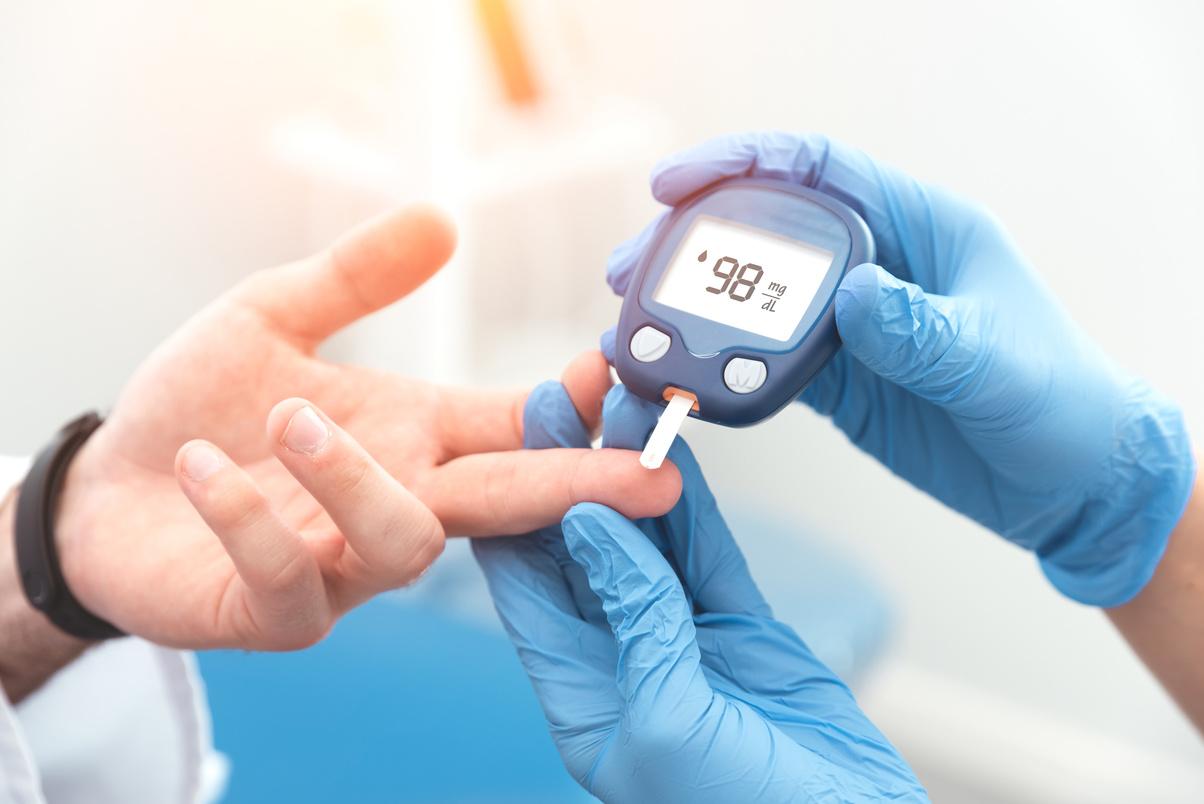
8. Monitor Your Blood Pressure
You can hear more insights from Dr Suresh by tuning in to the full PX Space podcast interview listed on major podcast platforms or by clicking the icon to the right
High blood pressure, or hypertension, is a significant risk factor for heart disease When blood pressure is consistently elevated, it puts extra strain on the heart and blood vessels, increasing the risk of heart attacks, strokes, and other cardiovascular problems
